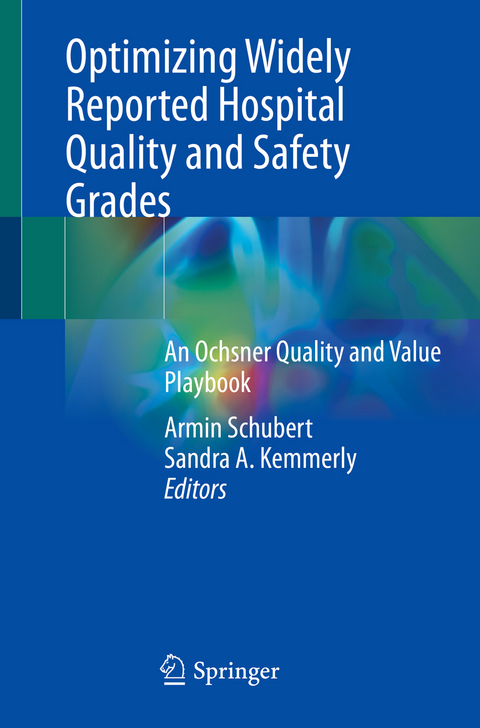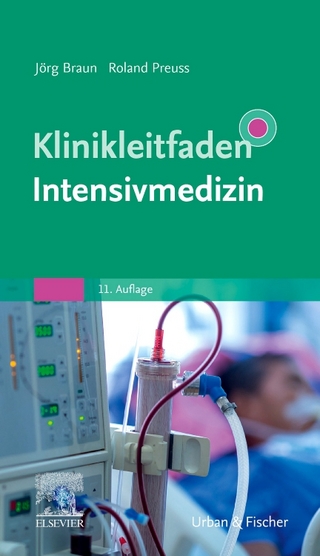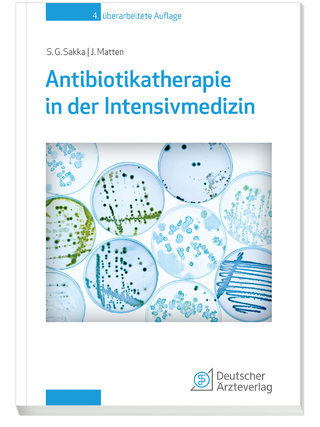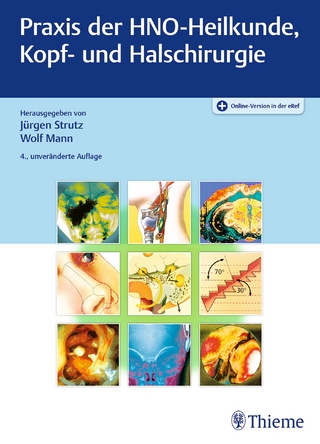
Optimizing Widely Reported Hospital Quality and Safety Grades
Springer International Publishing (Verlag)
978-3-031-04140-2 (ISBN)
This practical, engaging book provides concise, real life-tested guidance to healthcare teams concerned with widely reported and incentivized hospital quality and safety metrics, offering both a conceptual approach and specific advice and frameworks for reviewing quality and safety numerator events, from the perspective and experience of clinicians and administrators working within the Ochsner Health System.
The text opens with the rationale for closely managing widely (including publicly) reported hospital patient quality and safety measures. Attention is given to the financial implications of quality performance, with respect to both penalties and payment incentives used by payer organizations. It then reviews the major public ratings and their relevant methodologies, including CMS, AHRQ and NSHN. In addition, it addresses ratings by proprietary organizations that have a large member clientele, such as Vizient, USNews, Leapfrog, Healthgrades, CareChex and others. Each metric - for example, the AHRQ Patient Safety Indicators (PSIs), and other metrics such as readmission rate, risk adjusted complications, hospital-acquired conditions and mortality - is addressed in a stand-alone chapter. For each, the importance, approach to review, opportunity for optimization, and engagement of healthcare staff are reviewed and discussed.
Overall, this book forefronts the benefits of a collaborative approach within a health system. The concurrent review process, multidisciplinary collaboration among quality improvement, clinical documentation, coding and medical staff personnel are all emphasized. Also described in detail is the approach to and specific opportunities for medical staff education and engagement. Additional key topics include Engagement of the Medical Staff and House Staff (i.e., residents and other trainees), Futile Care, Surgical Quality Improvement (NSQIP), Nursing Provider Partnership, and Translation of Data Review to Successful Performance Improvement. Specialty chapters on pediatric, neurologic and transplant quality metrics are also included.
lt;p>Armin Schubert, MD, MBA, CPE, Vice President of Medical Affairs, Quality and Patient Safety, Ochsner Medical Center, New Orleans, LA, USA
Sandra A. Kemmerly, MD, MACP, FIDSA, System Medical Director of Hospital Quality, Ochsner Health, New Orleans, LA, USA
Why Quality Pays.- Organizing Structure for Quality Reporting and Improvement.- The Power of the Driver Diagram.- Seeing Documentation Through the Lens of Risk Models.- CMS and Other Rating Agencies.- Managing Clinical Risk.- A Comprehensive Program for Concurrent Review.- Severe Hospital-Acquired Pressure Injury: AHRQ Patient Safety Indicator 3.- Failure to Rescue: AHRQ Patient Safety Indicator 4.- Perioperative Hematoma & Hemorrhage: AHRQ Patient Safety Indicator 9.- Acute Perioperative Respiratory Failure: AHRQ Patient Safety Indicator 11.- Perioperative Pulmonary Embolism and Deep Vein Thrombosis: AHRQ Patient Safety Indicator 12.- Postoperative Sepsis: AHRQ Patient Safety Indicator 13.- Postoperative Wound Dehiscence: AHRQ Patient Safety Indicator 14.- Unrecognized Abdominopelvic Accidental Puncture or Laceration: AHRQ Patient Safety Indicator 15.- Iatrogenic Pneumothorax: AHRQ Patient Safety Indicator 6.- Central Line Associated Blood Stream infection: AHRQ Patient Safety Indicator 7.- PSIs of Lesser Frequency: PSI-2 Deaths in Low Mortality DRGs; PSI-5 Retained Foreign Items, PSI-8 In-hospital Falls with Hip Fracture, PSI-10 Postoperative Kidney Injury Requiring Dialysis.- PSI 17, 18 & 19 Birth and Obstetric Trauma Related to Vaginal Delivery.- CMS Hospital-Acquired Conditions.- CDC Hospital Acquired Infections.- CMS Core Measures: Which Are Still Important for Public Quality Reporting?- Concurrent Complication Review (for Vizient, Healthgrades, and Truven/IBM Watson's ECRI Measure).- Risk-Adjusted Mortality.- Concurrent Review for Mortality: Documentation and Coding Considerations.- Avoiding Futile Acute Care Hospital Admissions.- Hierarchical Condition Codes: Importance for Payment and Quality.- Quality Metrics for CMS Care Bundles and Commercial Center of Excellence Status.- Optimizing Medical Record Queries.- Readmission Penalty Risk Related to Documentation & Coding.- National Surgical Quality Improvement Program (NSQIP).- Publicly Reported Pediatric Quality Metrics.- Use of Data Transparency and Process Change in Organ Transplantation.- Review of Stroke and Neuroscience Quality Data: Basis for Durable Improvement.- Mitigating the Impact of COVID-19 on Quality and Value.- Role of a Comprehensive Patient Flow Center in Optimizing Patient Outcomes.- Quality Improvement Partnership between Nursing and The Medical Staff.- Engaging the Hospital's Medical Staff.- Engaging the Hospital's House Staff.- Approach to Teaching Quality Improvement: A Curriculum for Quality Improvement.- Data Review for False Negatives.- From Data Review to Process Improvement in Quality.
| Erscheinungsdatum | 28.07.2022 |
|---|---|
| Zusatzinfo | XX, 418 p. 102 illus., 99 illus. in color. |
| Verlagsort | Cham |
| Sprache | englisch |
| Maße | 155 x 235 mm |
| Gewicht | 745 g |
| Themenwelt | Medizin / Pharmazie ► Medizinische Fachgebiete ► Chirurgie |
| Schlagworte | clinical risk management • Futile admissions • Medical analytics • medical documentation • Mortality • Outcome measures • patient safety • Quality improvement • Quality reporting • readmissions |
| ISBN-10 | 3-031-04140-2 / 3031041402 |
| ISBN-13 | 978-3-031-04140-2 / 9783031041402 |
| Zustand | Neuware |
| Haben Sie eine Frage zum Produkt? |
aus dem Bereich


